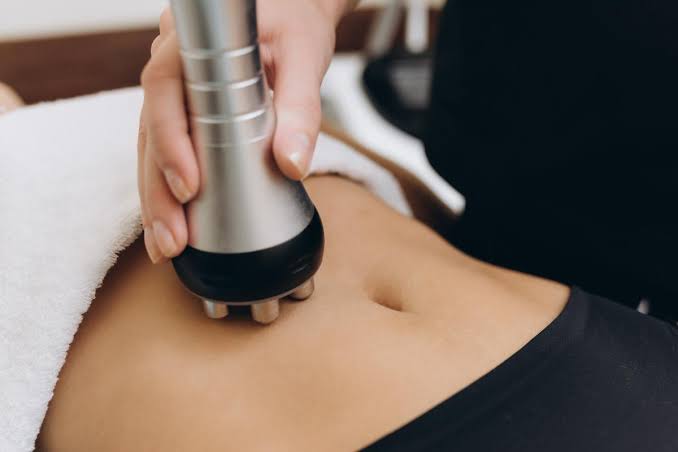
Preparing for the Outcome
Body sculpting procedures, such as tummy tucks, have become increasingly popular among those seeking to refine their body contours and enhance their overall appearance. These surgical interventions can significantly boost self-confidence and improve body image by eliminating excess skin and fat, resulting in a more toned and youthful silhouette.
Following the procedure, patients may experience swelling and discomfort, which can be effectively managed with prescribed medications and appropriate care. It is crucial to adhere closely to your surgeon’s aftercare instructions to minimize the risk of complications. Additionally, using silicone sheets or topical treatments and avoiding sun exposure can help improve the appearance of scars over time. Being well-informed about these aspects can lead to optimal results and a more satisfying body sculpting experience.
Immediate Post-Procedure Care
The initial days following your body sculpting procedure are crucial for recovery. During this period, your main priorities should be managing discomfort and preventing complications.
Pain Management
- Medication Use: Adhere strictly to your surgeon’s instructions regarding pain relievers to manage discomfort effectively.
- Rest: Allow your body ample time to rest, as this promotes healing and helps reduce pain.
Care for Surgical Sites
- Incision Care: Keep the incision area clean and dry to prevent infection and promote healing.
- Compression Garments: Wear any prescribed compression garments to support the healing area and reduce swelling.
The Healing Process
As days evolve into weeks, you’ll begin to see gradual improvements. However, grasping the stages of healing is crucial for managing expectations and facilitating a smoother recovery.
Monitoring Healing
- Regular Check-ups: Attend follow-up appointments to ensure your recovery is progressing as expected.
- Scar Management: Tummy tuck scars typically go through various stages of healing. Initially red and raised, they gradually fade over time.
Activity Resumption
- Gradual Increase in Activities: Slowly resume daily activities as recommended by your healthcare provider, avoiding any strenuous exercises that might strain the treated areas.
Managing Expectations and Emotional Well-being
The emotional and psychological dimensions of recovering from a body sculpting procedure can be equally as important as the physical healing process.
Patience with Results
- Visible Changes: Swelling and scarring may initially obscure the results, but these will improve significantly over time.
- Emotional Support: Lean on friends, family, or support groups for emotional comfort and encouragement during your recovery.
Adjustments in Lifestyle
- Healthy Diet: Maintain a balanced diet to support healing and maintain results.
- Exercise: Incorporate gentle exercise as soon as medically advisable to aid recovery and enhance results.
Long-Term Care and Maintenance
Once you have completely recovered, the primary focus shifts to preserving the results of your body sculpting procedure.
Skin Care
- Hydration and Nutrition: Proper hydration and nutrition play key roles in maintaining skin elasticity and overall health, helping minimize the appearance of scars.
- Scar Treatment Options: Discuss with your surgeon the possibility of using treatments like silicone gels or laser therapy to further reduce the visibility of tummy tuck scars.
Sustaining Results
- Continued Fitness Regimen: Stick to a regular exercise routine to maintain your new shape.
- Regular Medical Consultations: Keep in touch with your cosmetic surgeon to monitor your long-term results and discuss any concerns that may arise.
Embracing Your New Contours
Recovering from a body sculpting procedure is a journey that demands patience, care, and meticulous attention to detail. The healing process can vary widely from person to person, making it vital to maintain realistic expectations regarding the timeline and any potential discomfort. Understanding what to anticipate, particularly in managing tummy tuck scars, is essential. Initially, scars may appear red and raised, but with proper care, they will gradually fade over time.
Adhering to post-operative care is crucial, which may involve wearing compression garments, keeping the incision site clean, and attending follow-up appointments with your surgeon. By committing to these steps and nurturing your body throughout the recovery process, you can embrace your new body contours with confidence, feeling empowered and satisfied with the transformative results.
